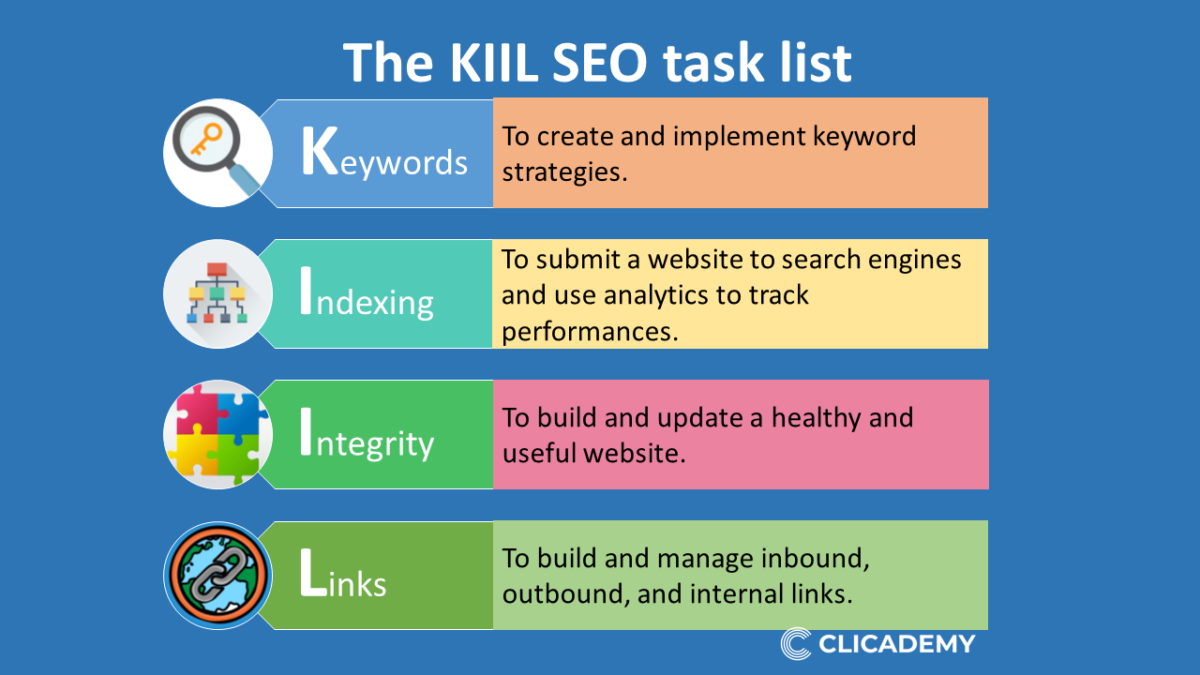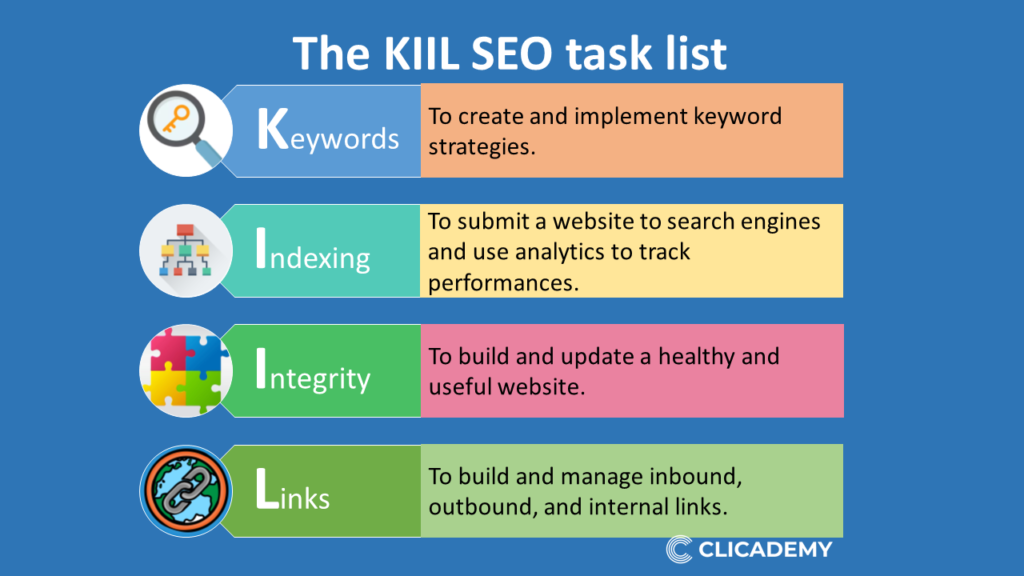A customer persona is pivotal for marketers to understand and connect with their target audience. It is the first piece of the building blocks of customer-centric marketing practice. If a business aims to maximise customer lifetime values (CLV), start with the customer persona.
What is a customer persona?
It is an archetypal representation of a subset of the customer base, embodying similar goals, needs, expectations, behaviours, and motivation factors.
Here are two examples.
Persona 1: Budgeting Beth – Financial App User
A financial management app company creates a user persona named “Budgeting Beth.” Beth is a 30-year-old accountant living in an urban life. She is tech-savvy and always looking for efficient ways to manage personal finances. She represents the App’s ideal user – one who values financial planning and seeks tools to help achieve her monetary goals.

Persona 2: Networking Nick – Sales Leads Generator Persona
A professional networking platform developed a salesforce persona named “Networking Nick.” Nick is a 40-year-old entrepreneur who is too busy to attend networking events but is eager to connect with other professionals to grow his business. His goal is to generate sales leads with maximum time efficiency.

These personas are not mere guesses or assumptions about customer characteristics; they are crafted through a structured process involving detailed market research using qualitative and quantitative methods.
Nor is a customer persona to stereotype consumers. Its creation is based on data collected via diligent research.
How to create a customer persona?
Creating personas is a strategic approach that allows businesses to understand better and cater to their target audience. The personas are crafted using insights from customer interviews, social media analysis, and behavioural data from the platform.
The creation process involves analysing data from current users, conducting surveys, and holding focus groups to understand the typical characteristics of the most engaged users.
In Budgeting Beth’s case, the resulting persona helps the App company tailor its marketing and product features to include more personalised App options and investment tracking, which resonated well with Beth’s profile. Marketing campaigns are also designed with messaging that speaks directly to Beth’s needs, resulting in higher engagement rates.
Customer personas serve as a valuable resource for gaining insight into the market and formulating strategies that resonate with the target audience. They extend beyond basic demographic information to include interests, needs, and pain points, enabling marketers to tailor messages and design a seamless customer journey.
How can customer-centric marketers use customer personas?
Marketers can use customer personas to identify specific needs and pain points for different customer segments, tailoring marketing strategies more effectively and enhancing customer engagement through personalised experiences, in the following steps.
- Define Target Audience: Begin by defining who your ideal customers are. This involves identifying the customer types that interact with your brand and understanding their unique characteristics.
- Gather Data and Insights: Conduct market research to collect data on your target audience. Use empathy maps and surveys designed for personas to gather rich, insightful data that will inform your persona creation.
- Create Detailed Customer Profiles: Develop comprehensive profiles for each persona, detailing their preferences, behaviours, motivations, and challenges. This will serve as the foundation for your customer-centric strategies.
- Personalise Communication: Use customer persona insights to personalize your marketing messages and communication across channels. This personalisation can lead to more effective marketing campaigns and increased conversion rates.
- Optimise Customer Journeys: Apply the knowledge of customer personas to optimize the customer journey at every touchpoint. Ensure that each stage of the journey is designed to meet the expectations and needs of the persona it represents.
- Measure and Adapt: Continuously measure the success of your customer-centric strategies and be willing to adapt. Use customer feedback and performance data to refine your personas and journey maps for better alignment with customer expectations.
Customer personas are indispensable tools in customer-centric marketing. They enable businesses to empathise with their customers, tailor their marketing efforts, and ultimately provide a positive purchasing experience that fosters loyalty and growth. By diligently applying customer personas to the marketing process, companies can achieve a deeper connection with their audience and drive business success.




